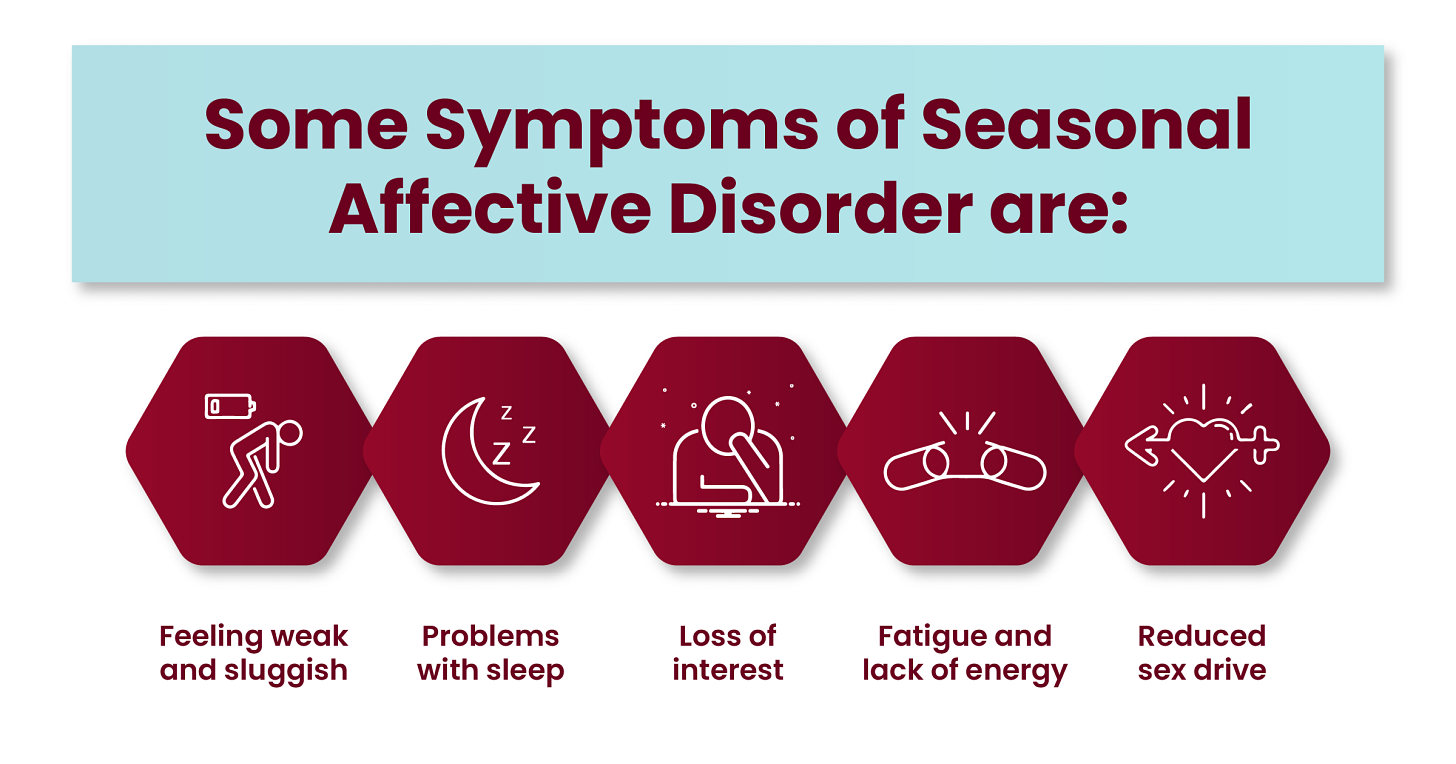The Winter Blues: The Simple Lifestyle Changes to Naturally Counter Seasonal Affective Disorder
Weekly Book Recommendation:
Breath Is Life combines ancient wisdom, real-life stories, leading-edge neuroscience, and simple yet powerful practices to help you harness the remarkable gift of your own breath.
Breath Is Life: TAKING IN and LETTING GO, How to Live Well, Love Well
Research Article of the Week:
“All of the three B vitamins may create the necessary environmental conditions for successful nerve regeneration, each of which via individual modes of action”
The Role of Neurotropic B Vitamins in Nerve Regeneration
More than just Winter Blues:
Seasonal affective disorder (SAD) is a recurrent major depressive disorder with a seasonal pattern usually beginning in fall and continuing into the winter months.
SAD is thought to be primarily caused by the reduction of sunlight during these months, which can disrupt the body's internal clock.
Symptoms include:
sadness
irritability
trouble concentrating
lack of interest in activities, lethargy
reduced libido
increased sleep and appetite (craving for carbs)
Those most at risk are:
females (4x more affected)
younger
live far from the equator (northern latitudes
have family histories of depression, bipolar disorder.
The current primary hypothesis for the pathophysiology of SAD, known as the “phase-shift hypothesis,” posits that there is an optimal relationship in the alignment of the sleep-wake cycle and the endogenous circadian rhythm.
Keep reading with a 7-day free trial
Subscribe to Rooted In Health to keep reading this post and get 7 days of free access to the full post archives.





